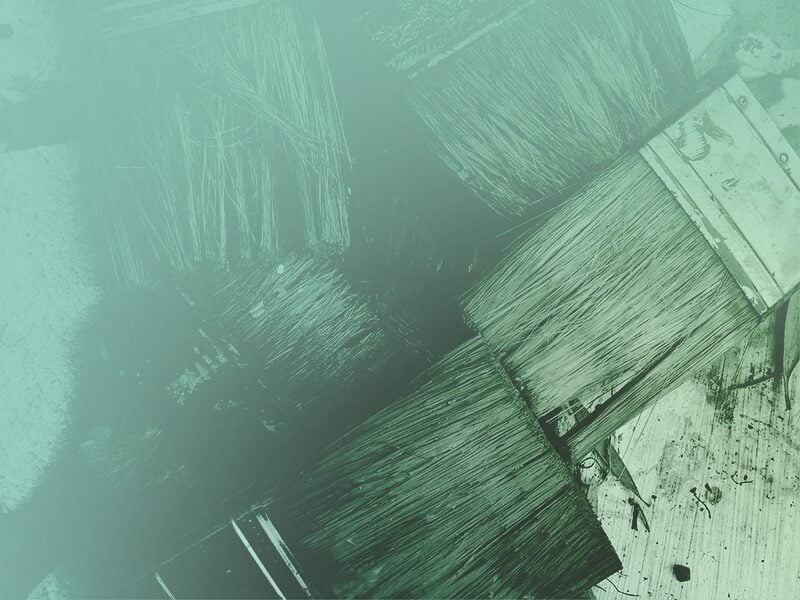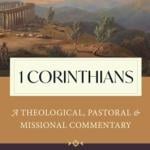Another interesting review in the TLS , of Jessica Wolfe’s Humanism, Machinery, and Renaissance Literature (Cambridge), an exploration of the literary uses of machinery and machine imagery in Renaissance literature. According to Wolfe, Renaissance writers saw “the profound applicability of mechanical practices and principles to extra-scientific questions.” In political theory, Simon Sturtevant compared servants to machines as “the living instruments upon whom rulers rely,” and even the Machiavellian conception of virtu refered not only to “human power or ingenuity” but... Read more
















